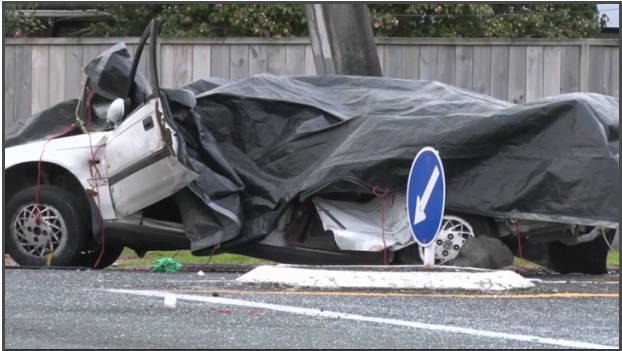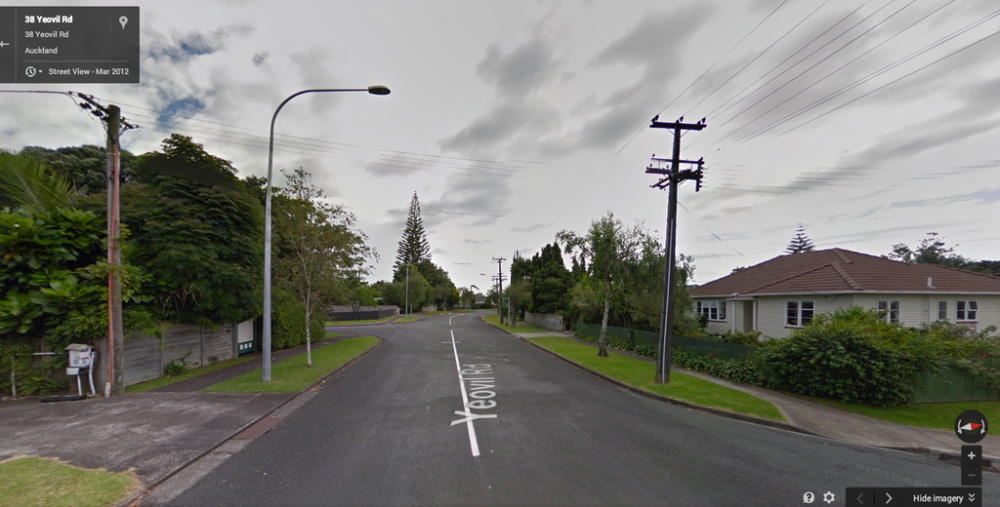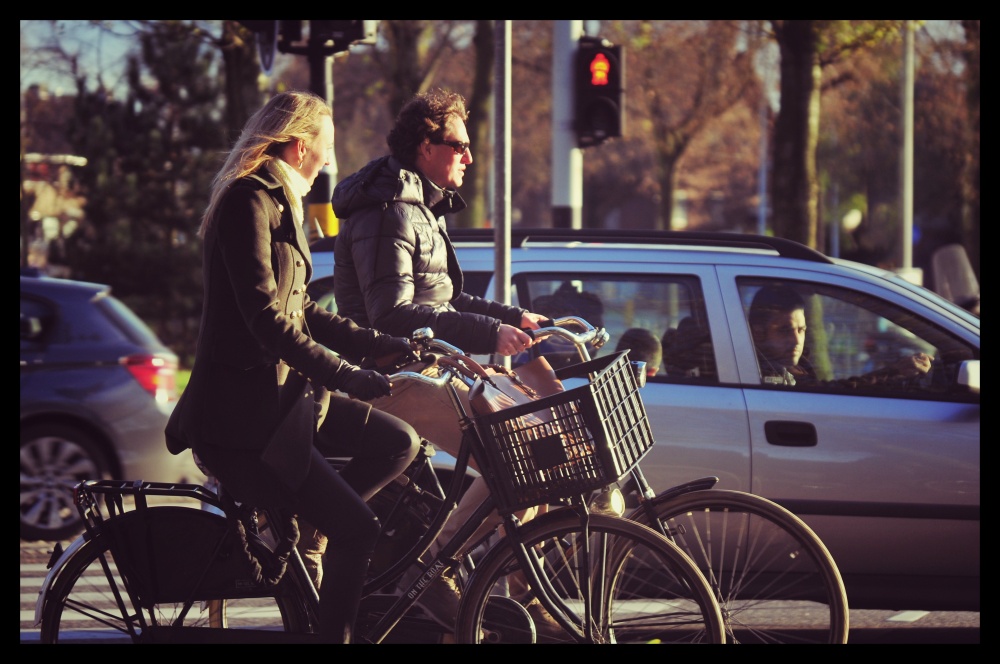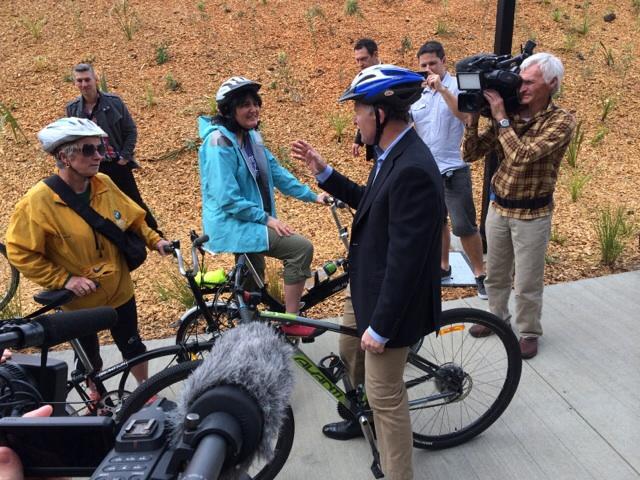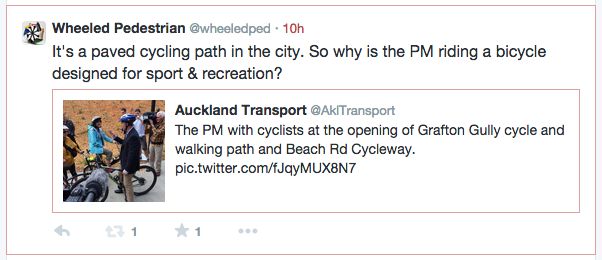The central theme of this short video is…people. Up until now, cities have been ranked on their car parks, skyscrapers and motorways. Now they are being measured by their livability. The rules of the game have changed. Cities that are at the top of the livability stakes are the cities that are full of bicycles. People using bicycles to get about their business. It’s about people and how they interact. Thats why bicycles are so wonderful. They amplify the ability to engage with the city, its people and surroundings. It’s people that bring vibrancy and life to a city.
This video is also designed to highlight how easy it is to ride a bicycle. No special equipment or knowledge is required. Cycling can be an everyday activity. It already is an everyday activity in an increasing number of cities around the world. Using a bicycle makes sense for short utility type trips. It’s as easy as walking, but faster. There are many potential #wheeledpedestrians amongst us. That is the growth market. But to get those people riding bicycles everyday like wheeled pedestrians is going to require some smart and strategic interventions.
A wheeled pedestrian has as much interest in discussing the details of a cycle path as the average motorist has in discussing the details of traffic signals.
Of course, the transport environment (separated cycle paths, speed reduction) needs to be vastly improved before those potential #wheeledpedestrians will seriously consider this option.
But equally importantly, the image of cycling needs a major overhaul. The overriding public perception of cycling at present is about sports and recreation. Focussing on encouraging those cyclists to convert to everyday cycling will have limited long term success. Instead of talking about ‘cycling’, we need to be talking in terms of ‘riding a bicycle’. Riding a bicycle needs to be presented as a normal everyday activity. Convincing the people who are not currently using a bicycle requires the use of different strategies.
At present, advocacy seems to be all based around the provision of cycle infrastructure. That’s an inherently limiting strategy. There are a wide range of strategies and approaches that need to be employed. A wheeled pedestrian has as much interest in discussing the operation of a cycle path as the average motorist has in discussing the operation of traffic signals. Presenting cycling as a normal everyday activity is much harder than you would imagine. Being a teacher and watching cycling being ‘taught’ in a school environment, I speak with some authority on this matter.
Isn’t it odd that while we have professionals building cycling infrastructure for us we don’t have any professionals doing the marketing stuff. So in the meanwhile, the Ninja Princess and I will continue to produce these sub-par videos, but if you know any professionals that would be in to making cool videos to promote bicycles in the city, please get in touch. I know my limitations.
You can find more videos at:
https://vimeo.com/wheeledpedestrian/videos
‘Cycling’ is sport and recreation. ‘Riding a bicycle’ is everyday activity. No sweat. As easy as walking, but faster.
Get involved via: Twitter, Facebook, Flickr, Vine or Instagram.
Or, enter your email address to follow this blog and receive notifications of new posts by email.
